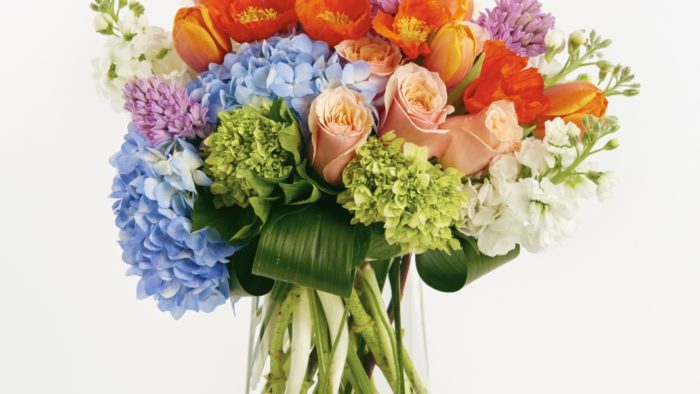In the world we are living in today, it is safe to assume we are dealing with stress, uncertainty, and challenges like never before. COVID-19 has prompted mandates to shelter in place across the country, and for the past few weeks we have been forced to create a new normal. Many workers have transitioned to working from home, while others don’t have that option. One of the first blogs we published several years ago highlighted the link between flowers and emotional health. Given the current climate, we thought it would be timely to re-post it once again.
Following all social distancing guidelines, Lilium remains open. We are making contact-free deliveries and offering curbside pickup. Now more than ever, people need something cheerful, something positive, something encouraging. Something as simple as a flower arrangement has the power to offer these things.
We feel so fortunate to work in an industry in which the products and services we provide bring happiness to others. We see firsthand the smiles on recipients’ faces when we deliver a Lilium flower arrangement. Now we have studies to support what we’ve known all along. Rutgers University recently conducted a 10-month behavioral study that explored the link between flowers and life satisfaction. Their findings show that flowers are a natural moderator of moods and have strong positive effects on emotional health.

According to the Rutgers researchers, the presence of flowers provides the following benefits:
- Flowers have immediate impact on happiness. All study participants, in every age group, expressed excitement when receiving flowers. Reactions included surprise, genuine happiness and gratitude.
- Flowers have a long-term positive effect on moods. Study participants reported feeling less depressed, anxious, and agitated after receiving flowers. They also demonstrated greater sense of life satisfaction.
- Flowers create intimate connections. Giving and receiving flowers creates positive contact between family and friends.
In the Rutgers’ study, the subjects received deliveries of flowers and other gifts, such as fruit and candles. While most deliveries received a positive response, the highest response rate occurred to flowers. Their studies showed that the positive feelings lasted two to three days.
One experiment involved measuring reactions of both men and women receiving a flower in a public elevator. The most common social behavior in an elevator is to get as much distance from the other occupants as possible. However, when the experimenter offered a single flower to each of the occupants, their demeanor changed. They moved closer to the presenter and to one another. The experiment was repeated using promotional pens as stimuli, but the pens did not receive the same response. It may be concluded that there is something about receiving flowers that draws people closer together.
Color Characteristics
In addition, color plays a big part in the emotion conveyed when sending flowers. According to Leatrice Eiseman, Executive Director of the Pantone Color Institute, “Our response to color is intensely emotional, and flowers can be a catalyst for feelings that stimulate more than just our senses of sight and smell.”
Tradition dictates that certain flowers and colors are associated with specific occasions. However, in terms of emotional health, color choices take on different meanings. Red, traditionally associated with love and romance, has a positive effect on the immune system. Consider sending red flowers to someone who has recently had surgery, or experienced and illness. Red is also an energizing color for those who suffer from fatigue or exhaustion.
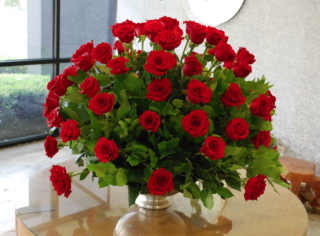
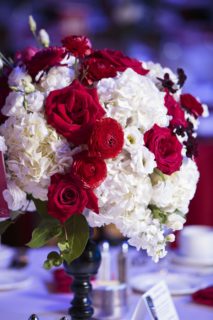
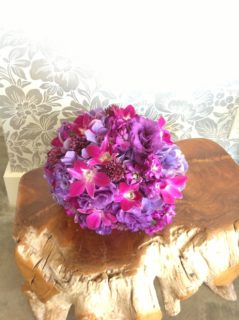
Violet has a calming effect on the mind and nerves. It is uplifting, and encourages creativity.
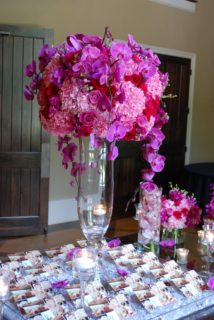
Yellow, psychologically, is the happiest color in the spectrum. It symbolizes the sun, and invokes happy and radiant feelings. It is a friendly color that encourages communication. Yellow also stimulates the memory and the nervous system.

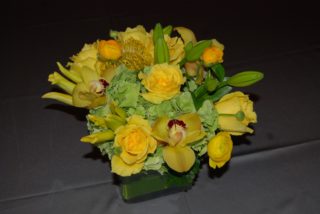
Orange conveys optimism and encourages socialization. It is also associated with determination and success.
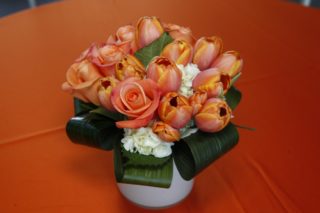
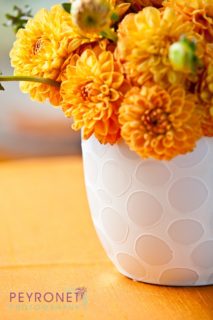
Blue is most often named as a favorite color. Just as the blue sky and the blue ocean are considered constants in our world, blue is perceived as dependable and trustworthy. Blue invokes feelings that are calm, cool and sedate.

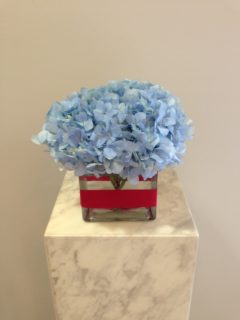
As the most common color present in the natural world, green creates a feeling of tranquility. It conveys a sense of freshness and renewal. Green also signifies prosperity and progress.
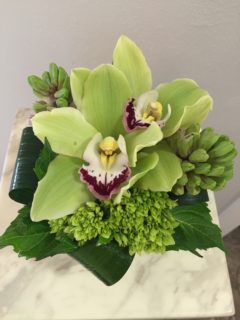
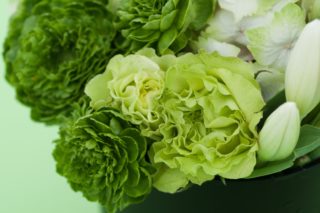
Pink is associated with joy. Brighter pinks, similar to reds, stimulate energy, increasing the blood pressure, heartbeat and respiration. Softer pink hues convey a sense of sweetness and romance.
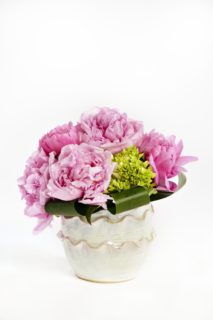
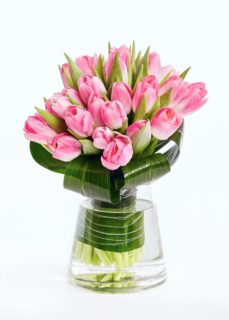
White symbolizes openness. White blooms are most often associated with purity, honesty and perfection.
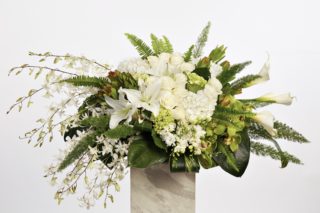
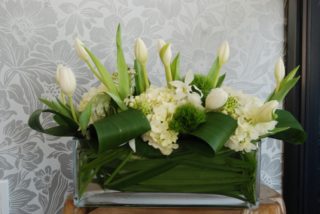
Do you know someone who could use a lift today? Or maybe you could use an emotional boost yourself. Draw upon the power of flowers to improve your emotional health, or that of someone you love. Give us a call or visit our website, to select the perfect arrangement.

